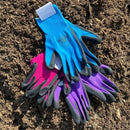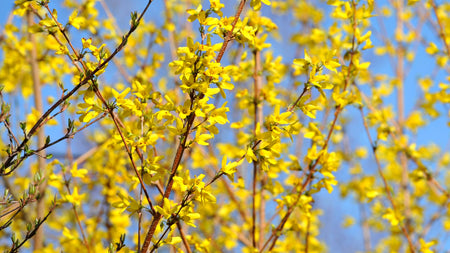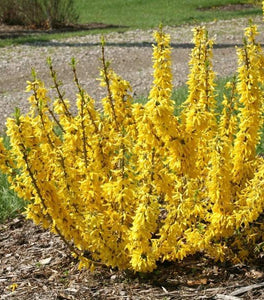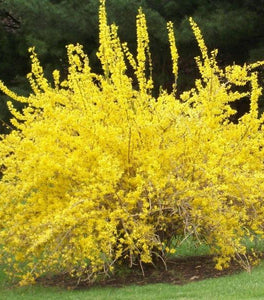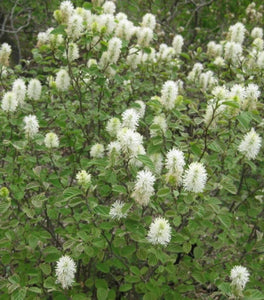
Images Depict Mature Plants
White Forsythia for Sale Online
Abeliophyllum distichum, commonly known as White Forsythia, is an upright round shrub with slightly arching branches that are completely covered in large bright white flowers in early spring. Due to its flowering at the exact time of the year that the more common yellow forsythia, it earned its name White Forsythia.
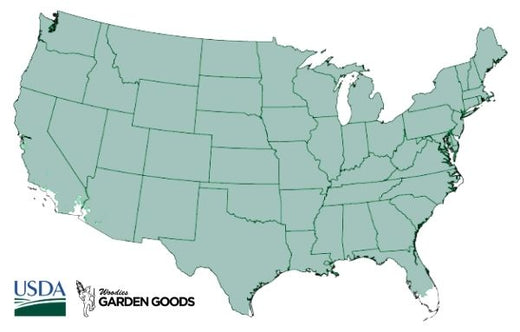
| Hardiness Zone: | 5-8 |
|---|---|
| Mature Height: | 3 to 5 feet |
| Mature Width: | 3 to 4 Feet |
| Classification: | Broad leaved deciduous shrub, late spring to summer flowering |
| Sunlight: | Full sun to part sun |
| Habit: | Upright, spreading, densely branched |
| Flower Color: | white |
| Foliage: | Green |
| Pruning Season: | Late spring after flowering, promotes increased branching |
| Soil Condition: | Any well drained soil |
| Water Requirement: | Water well until established |
| Uses: | Extremely attractive when used as a focal point in the mixed border, mass planting, or a specimen planting. Provides nectar sources for pollinators. Great winter interest due to the peeling bark |
How to Care for White Forsythia
Be sure to read about the recommended care instructions to keep this plant healthy and thriving for years to come!
How to plant White Forsythia?
We suggest when planting your newly purchased White Forsythia plants that you dig a hole twice as wide as the root system. Depending on the quality of your existing soil you may need to add a locally sourced compost or topsoil to the back-fill soil. We do not recommend using straight topsoil or compost as a back-fill soil because these products will retain entirely too much moisture and will cause the root system to rot. Adding compost or topsoil will help the young feeder roots of White Forsythia to spread through the nutrient rich soil, much easier than if you used solely the existing soil. We do not recommend planting in a hole any deeper than the soil line of the plant in the pot.
What Type Of Fertilizer Should I Use On White Forsythia?
Bio-tone starter fertilizer is a great starter fertilizer that provides plants with mycorrhizae fungus. Bio-tone is a gardeners best friend and can help guarantee your success. Apply an early spring fertilizer with a product such as Espoma Tree-tone or Plant-tone. At the recommended rate this will give the plant a boost of nitrogen that will be needed for healthy abundant foliage. Follow this up with a early summer application of Espoma Flower-tone, this will provide the necessary nutrients. Espoma products are easy to use, just sprinkle around the base of the plant and water it in. Either chemical fertilizers or organic matter can be used successfully. Organic additions to the soil can also be combined with a shot of chemical fertilizer for maximum effect.

When Should I Prune My White Forsythia?
Pruning White Forsythia improves the overall health of the plant which, will reward you with a plethora of blooms with a beautiful fall color giving light shade. Removing the dead and dying limbs will minimize the possibility of diseases such as “dieback". Many times, a plant may outgrow its intended size in the landscape, and must be pruned to re-define its purpose.
What type of mulch should I use on White Forsythia?
We highly recommend that you mulch your White Forsythia with either a ground hardwood mulch or a ground cypress mulch depending on your local availability. Cypress or hardwood mulch will be of a higher quality and provide better nutrition overall as they breakdown. Mulching helps to keep weeds away which will compete with your new investment for water and nutrients. Its better to leave a one inch gap of space between the mulch and the stem or trunk of the plant.













